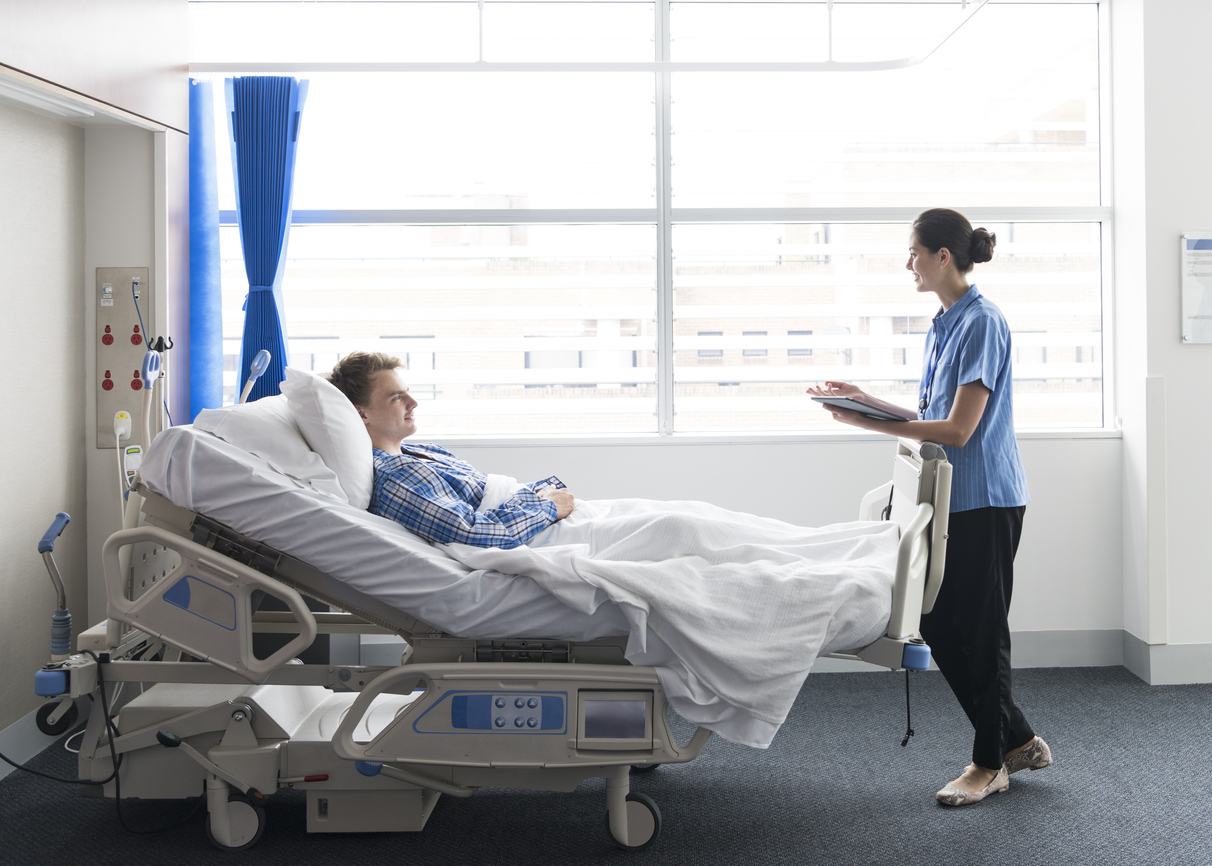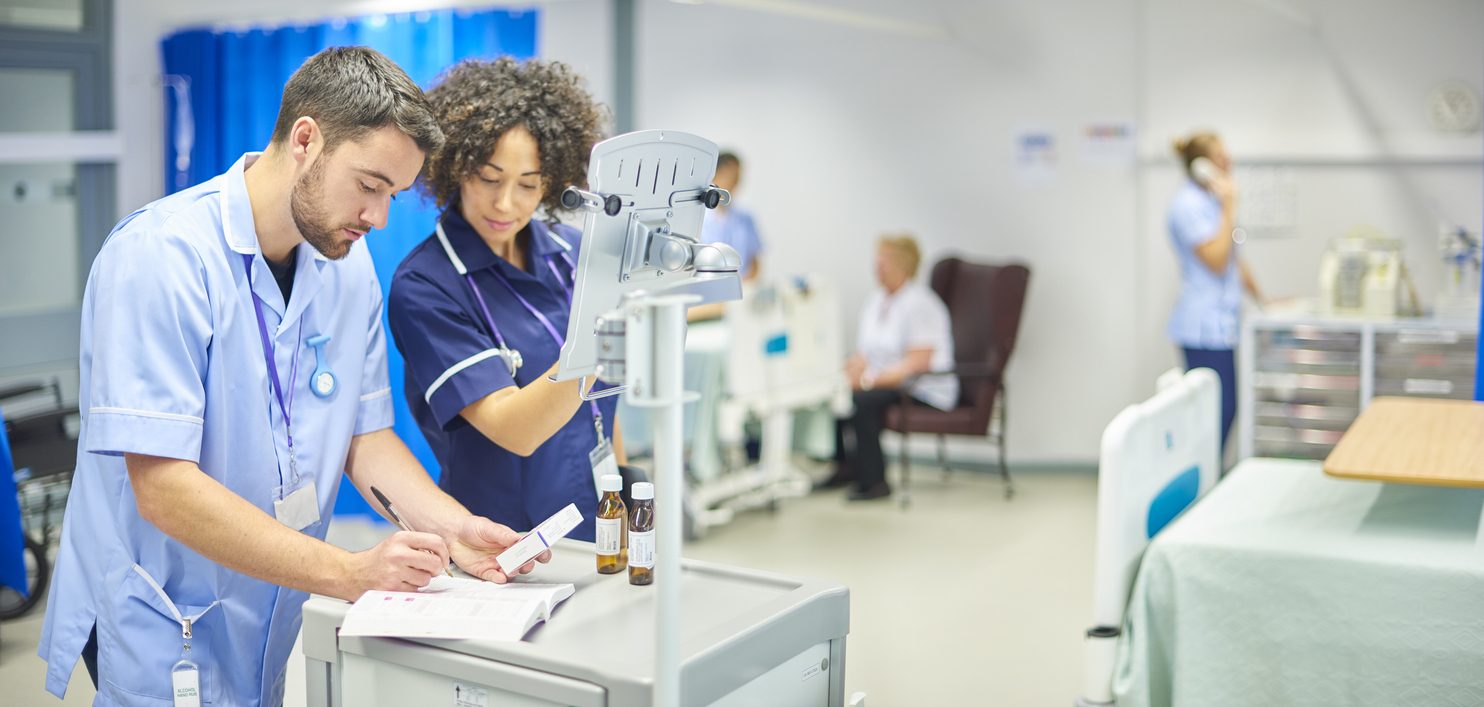
Simulation and education customers are very sophisticated and understand how to explore price for value. They have budget parameters for their simulation and education medical supply and equipment programs. At Pocket Nurse, we are very aware and sensitive to those parameters. One of our goals is to help each of our customers maximize their budgets as far ...

Simulation is a favored teaching methodology in healthcare education. As discussed in our previous posts, “What is Simulation” and “Why Use Simulation,” simulation allows students to build hands-on experience in a risk-free, safe environment. For all its benefits, adopting simulation can be difficult. The following best practices should be considered ...
-1.jpg)
I was recently exhibiting at a conference full of brilliant pharmacy technician educators (PTEC in San Antonio, TX). I had brought with me a selection of the wearable trainers that Pocket Nurse carries, among them the S.A. Fingerstick Kit.

Medical errors – including errors made by doctors, nurses, EMS personnel, and pharmacists – are the third largest cause of death in the United States.1 Healthcare professionals, regardless of how long they go to school and how much they care for their patients, sooner or later are going to make a mistake that may result in the death of a patient.

When a school is considering automated medication dispensing cabinets or carts (ADCs) for use in simulation education, they typically want to use the type of ADCs that are found in their local hospital system. This way, students will easily be able to adapt to real-life medication dispensing once they graduate and start their careers.


-1.jpg)








